| [1]Zhuang LF,Jiang HH,Qiao SC,et al.The roles of extracellular signal-regulated kinase 1/2 pathway in regulating osteogenic differentiation of murine preosteoblasts MC3T3-E1 cells on roughened titanium surfaces.J Biomed Mater Res A. 2012; 100(1):125-133.
[2]Mendonca G,Mendonca DB,Aragao FJ,et al.Advancing dental implant surface technology--from micron- to nanotopography. Biomaterials.2008;29(28):3822-3835.
[3]Liu L,Song LN,Yang GL,et al.Fabrication, characterization, and biological assessment of multilayer DNA coatings on sandblasted-dual acid etched titanium surface.J Biomed Mater Res A.2011;97(3):300-310.
[4]Xue W,Tao S,Liu X,et al.In vivo evaluation of plasma sprayed hydroxyapatite coatings having different crystallinity. Biomaterials.2004;25(3):415-421.
[5]Li B,Liu X,Cao C,et al.Biological and antibacterial properties of plasma sprayed wollastonite/silver coatings. J Biomed Mater Res B Appl Biomater.2009;91(2):596-603.
[6]Wang Y,Wen C,Hodgson P,et al.Biocompatibility of TiO2 nanotubes with different topographies.J Biomed Mater Res A.2014;102(3):743-751.
[7]Gu YX,Du J,Si MS,et al.The roles of PI3K/Akt signaling pathway in regulating MC3T3-E1 preosteoblast proliferation and differentiation on SLA and SLActive titanium surfaces.J Biomed Mater Res A.2013;101(3):748-754.
[8]Balasundaram G,Yao C,Webster TJ.TiO2 nanotubes functionalized with regions of bone morphogenetic protein-2 increases osteoblast adhesion.J Biomed Mater Res A. 2008; 84(2):447-453.
[9]Zhuang XM,Zhou B,Ouyang JL,et al.Enhanced MC3T3-E1 preosteoblast response and bone formation on the addition of nano-needle and nano-porous features to microtopographical titanium surfaces.Biomed Mater.2014;9(4):045001.
[10]Nune KC,Misra RD.Pre-adsorption of protein on electrochemically grooved nanostructured stainless steel implant and relationship to cellular activity.J Biomed Nanotechnol.2014;10(7):1320-1335.
[11]Minagar S,Wang J,Berndt CC,et al.Cell response of anodized nanotubes on titanium and titanium alloys.J Biomed Mater Res A.2013;101(9):2726-2739.
[12]Yu X,Ning C,Li J,et al.In vivo evaluation of novel amine-terminated nanopore Ti surfaces.J Biomed Mater Res A.2012;100(12):3428-3435.
[13]范霞,贾爽,苏剑生.种植体表面粗糙度对成骨细胞增殖及ALP含量的影响[J].口腔颌面外科杂志,2009,19(2):128-131.
[14]Park IS,Lee MH,Bae TS,et al.Effects of anodic oxidation parameters on a modified titanium surface.J Biomed Mater Res B Appl Biomater.2008;84(2):422-429.
[15]Wang YB,Li HF,Cheng Y,et al.In vitro and in vivo studies on Ti-based bulk metallic glass as potential dental implant material.Mater Sci Eng C Mater Biol Appl. 2013;33(6): 3489-3497.
[16]Liang B,Fujibayashi S,Neo M,et al.Histological and mechanical investigation of the bone-bonding ability of anodically oxidized titanium in rabbits. Biomaterials. 2003; 24(27):4959-4966.
[17]Roguska A,Pisarek M,Andrzejczuk M,et al.Surface characterization of Ca-P/Ag/TiO2 nanotube composite layers on Ti intended for biomedical applications. J Biomed Mater Res A.2012;100(8):1954-1962.
[18]Zhang G,Huang C,Zhou L,et al.Enhanced charge storage by the electrocatalytic effect of anodic TiO(2) nanotubes. Nanoscale.2011;3(10):4174-4181.
[19]Portan DV,Kroustalli AA,Deligianni DD,et al.On the biocompatibility between TiO2 nanotubes layer and human osteoblasts.J Biomed Mater Res A.2012;100(10):2546-2553.
[20]Li B,Li Y,Li J,et al.Influence of nanostructures on the biological properties of Ti implants after anodic oxidation.J Mater Sci Mater Med.2014;25(1):199-205.
[21]李朋,赵昆渝,郭军,等.TiO2纳米孔到纳米管结构转变的因素及其机理研究[J].材料工程,2014,59(1):58-63,74.
[22]Macak JM,Ghicov A,Yasuda K,et al.TiO2 nanotubes: self-organized electrochemical formation, properties and applications.Curr Opin Solid State Mater Sci.2007;11:3-18.
[23]Brinkmann J,Hefti T,Schlottig F,et al.Response of osteoclasts to titanium surfaces with increasing surface roughness: an in vitro study. Biointerphases.2012; 7(1-4): 34.
[24]Balasundaram G,Webster TJ.Nanotechnology andbiomaterials for orthopedic medical applications. Nanomedicine (Lond).2006;1(2):169-176.
[25]Zhao J,Watanabe T,Bhawal UK,et al.Transcriptome analysis of beta-TCP implanted in dog mandible. Bone. 2011;48(4): 864-877.
[26]Zhan X,Zhang C,Dissanayaka WL,et al.Storage media enhance osteoclastogenic potential of human periodontal ligament cells via RANKL-independent signaling. Dent Traumatol. 2013;29(1):59-65.
[27]Khosla S.Minireview: the OPG/RANKL/RANK system. Endocrinology. 2001;142(12): 5050-5055.
[28]Kwan Tat S,Padrines M,Theoleyre S,et al.IL-6, RANKL, TNF-alpha/IL-1: interrelations in bone resorption pathophsiology.Cytokine Growth Factor Rev. 2004;15(1): 49-60.
[29]Mizrak S,Turan V,Inan S,et al.Effect of Nicotine on RANKL and OPG and Bone Mineral Density.J Invest Surg.2014.[Epub ahead of print]. |
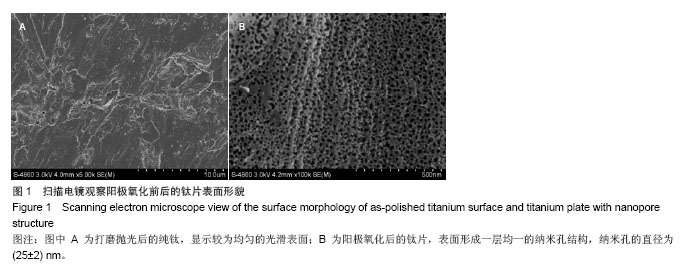
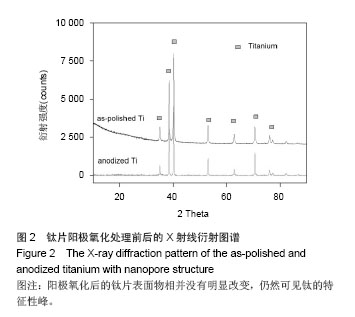
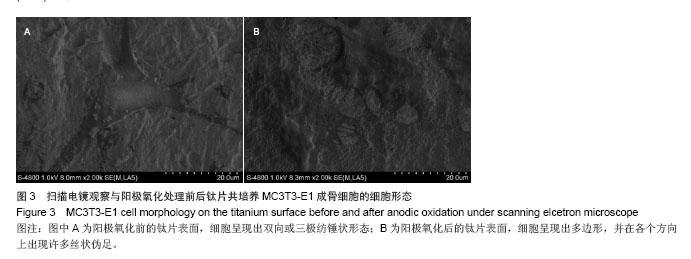
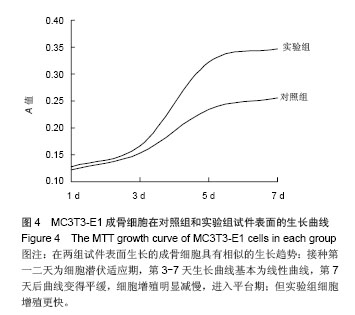
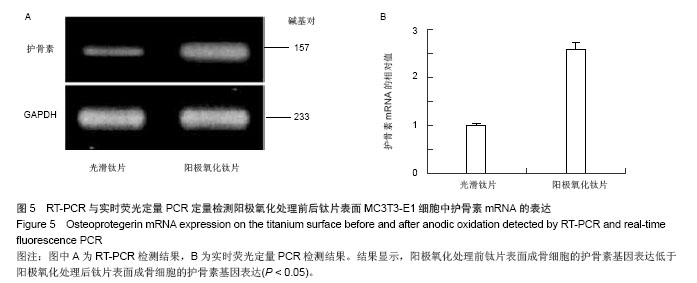
.jpg)
.jpg)